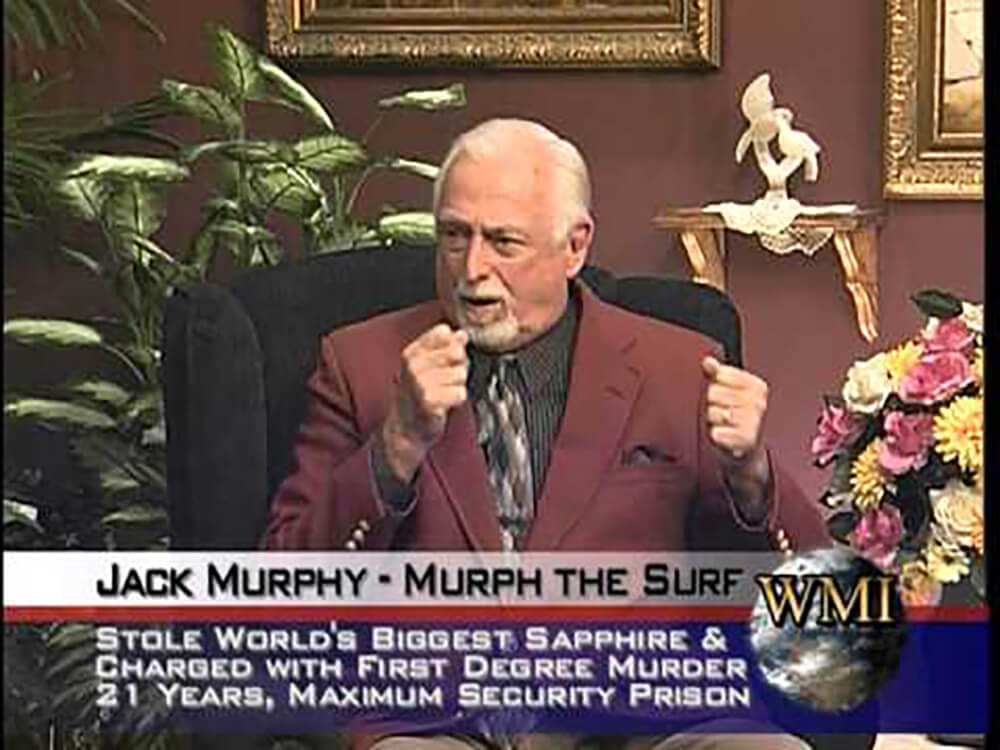By: Conrad Davis
Does anyone celebrate the anniversary of a jewel heist except – possibly — the thieves themselves?
On October 29, 1964, the famous golf-ball-sized Star of India gemstone was stolen, along with several other gems of note, including the Midnight Star, the DeLong Star Ruby, and the Eagle Diamond. Thieves unlocked a bathroom window during museum open hours, climbed in that night, and found that the sapphire was the only gem in the collection protected by an alarm—and the battery for that was dead.
The stones stolen were valued at more than $400,000, according to Wikipedia. “Within two days the culprits were arrested: Jack Murphy (also known as “Murph the Surf”), Allen Kuhn and Roger Clark; however, the gems had already been handed off. In January 1965, in a bid for leniency, Kuhn led authorities to a bus locker in Miami where the uninsured Star of India and some of the other stolen stones were recovered.
In his feature titled “How a Band of Surfer Dudes Pulled Off the Biggest Jewel Heist in N.Y. History,” New York Times writer Corey Kilgannon recounts that “For several months beginning in October 1964, the city was transfixed by the brazen robbery that the tabloids immediately labeled the heist of the century. The culprits were not ordinary thieves. They were sharply dressed surfer dudes on a spree that took them from their base in Miami Beach up to their lair in New York, a penthouse suite in a Manhattan hotel. They were caught within two days of the crime, but the jewels remained missing. After a wild escapade in Miami — an unorthodox excursion involving a rented convertible — many of the gems were recovered, including the Star of India, which was promptly put on solo display in the museum’s main floor rotunda — this time, with its own security guard and safe.”
The event became a sign of its times. “The mid-1960s were salad days for jewel thievery. In 1963, when a U.S. gem heist occurred on average every 32 seconds, crooks stole $41 million worth of insured precious and semiprecious stones Cash aside, diamonds were the anonymous currency of a thriving seller’s market. An estimated 3.5 million diamonds of one-third of a carat or more were being sold annually in the United States—but that was well short of demand,” noted smithsonianmag.com.
“Abroad, jet-set Europeans, Arabs and Asians knew that jewels held their value in uncertain times. To grease the gears of this emerging global economy, many seemingly legitimate jewel merchants did double-duty as fences. They asked no untidy questions; routinely melted down precious-metal settings into salable ingots; cut conspicuous gems (or “went going on the break”) to erase their identity, and then blithely intermixed stolen and honest merchandise,” the magazine continued.





